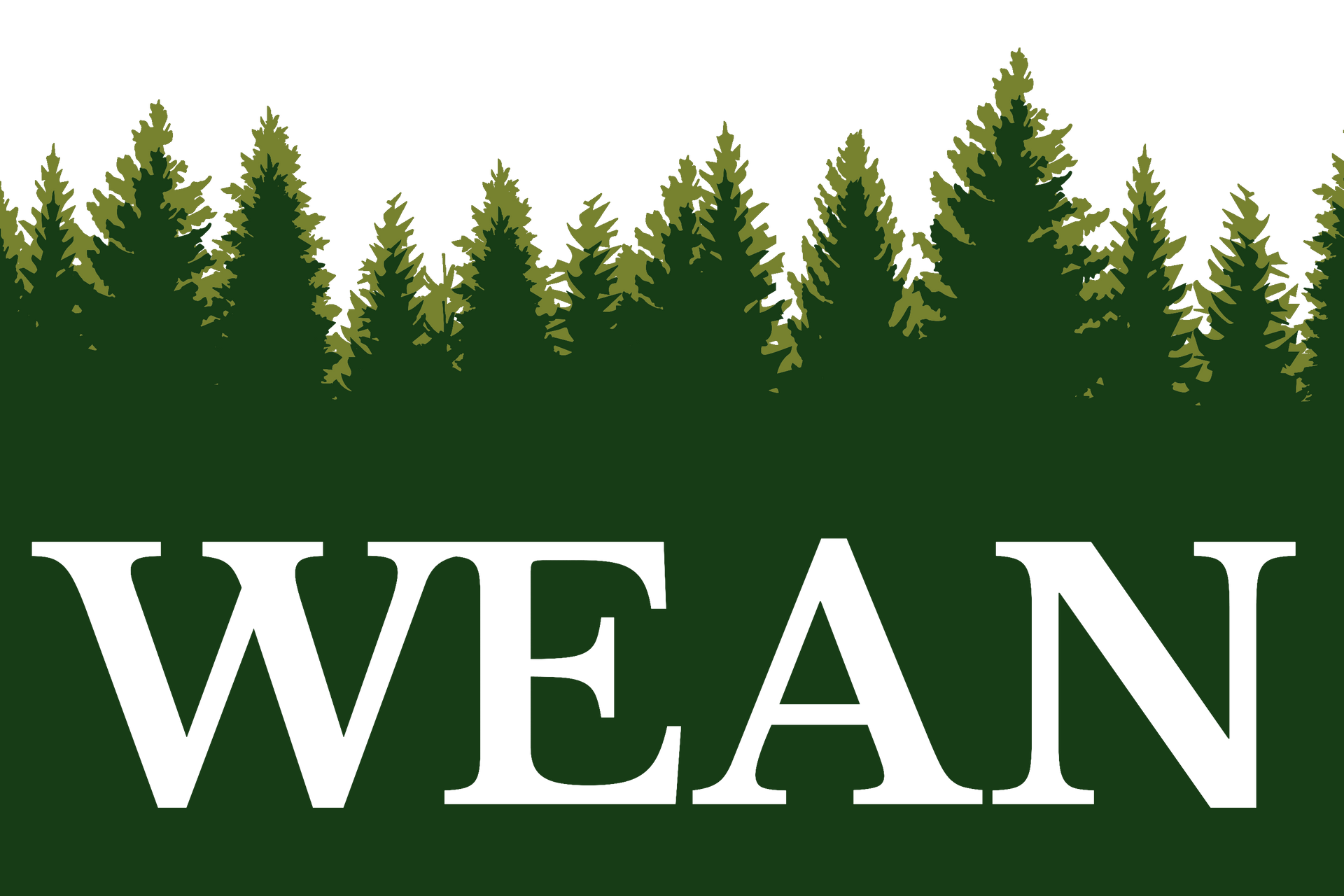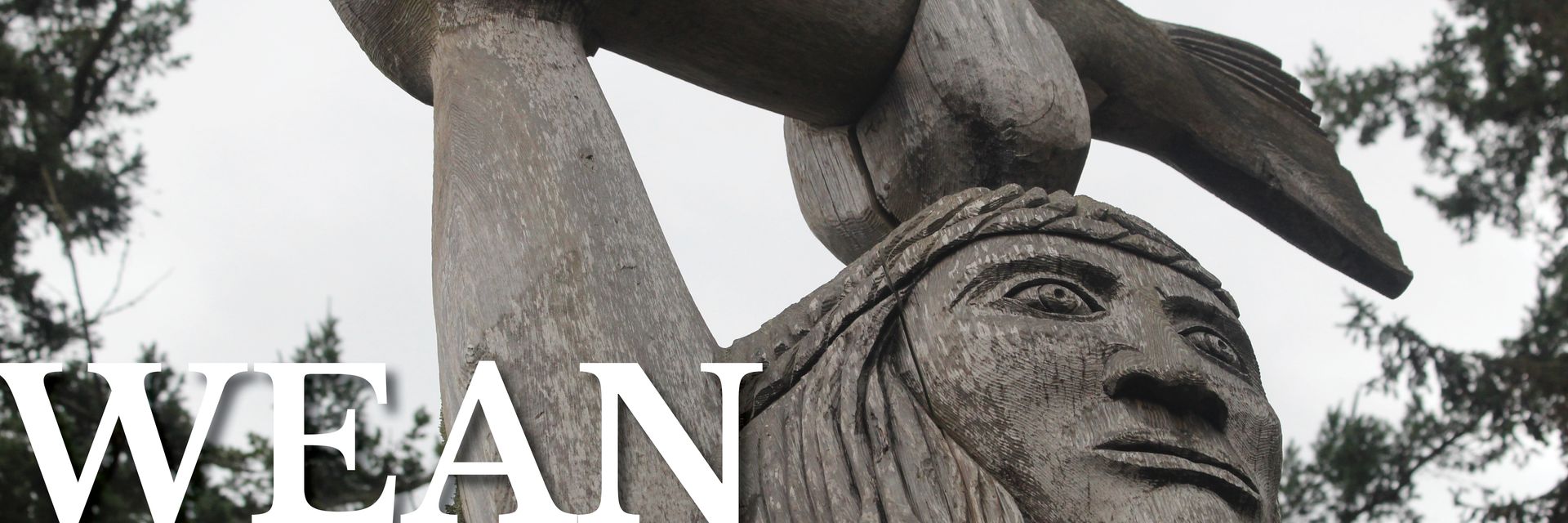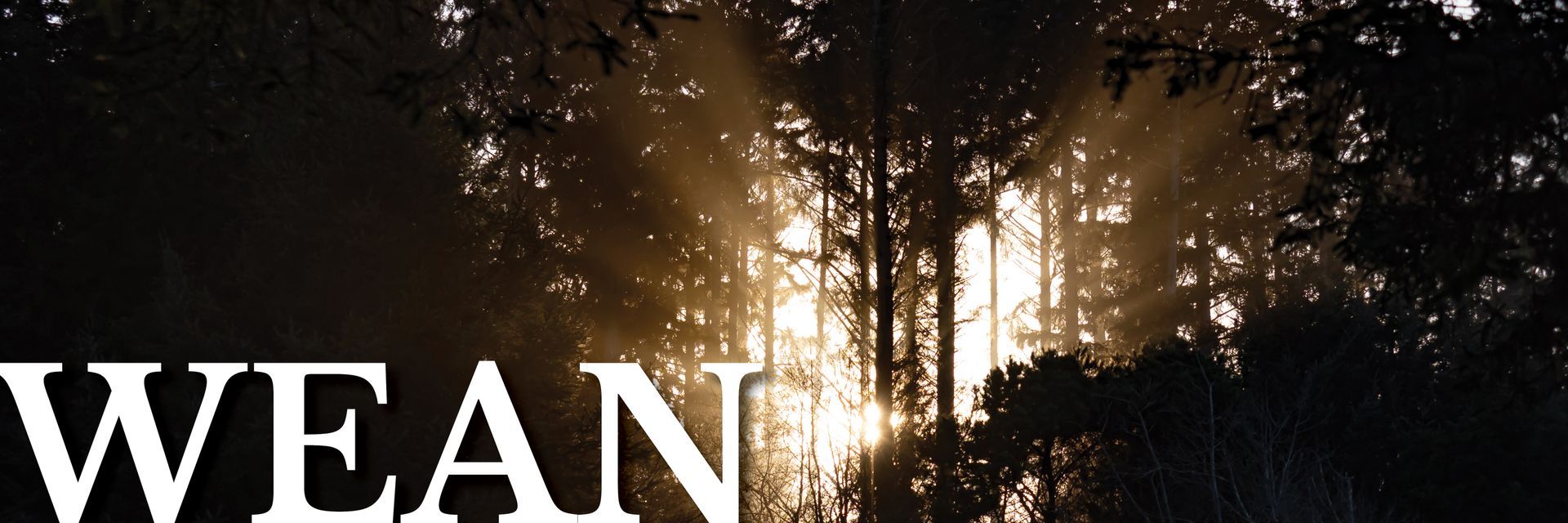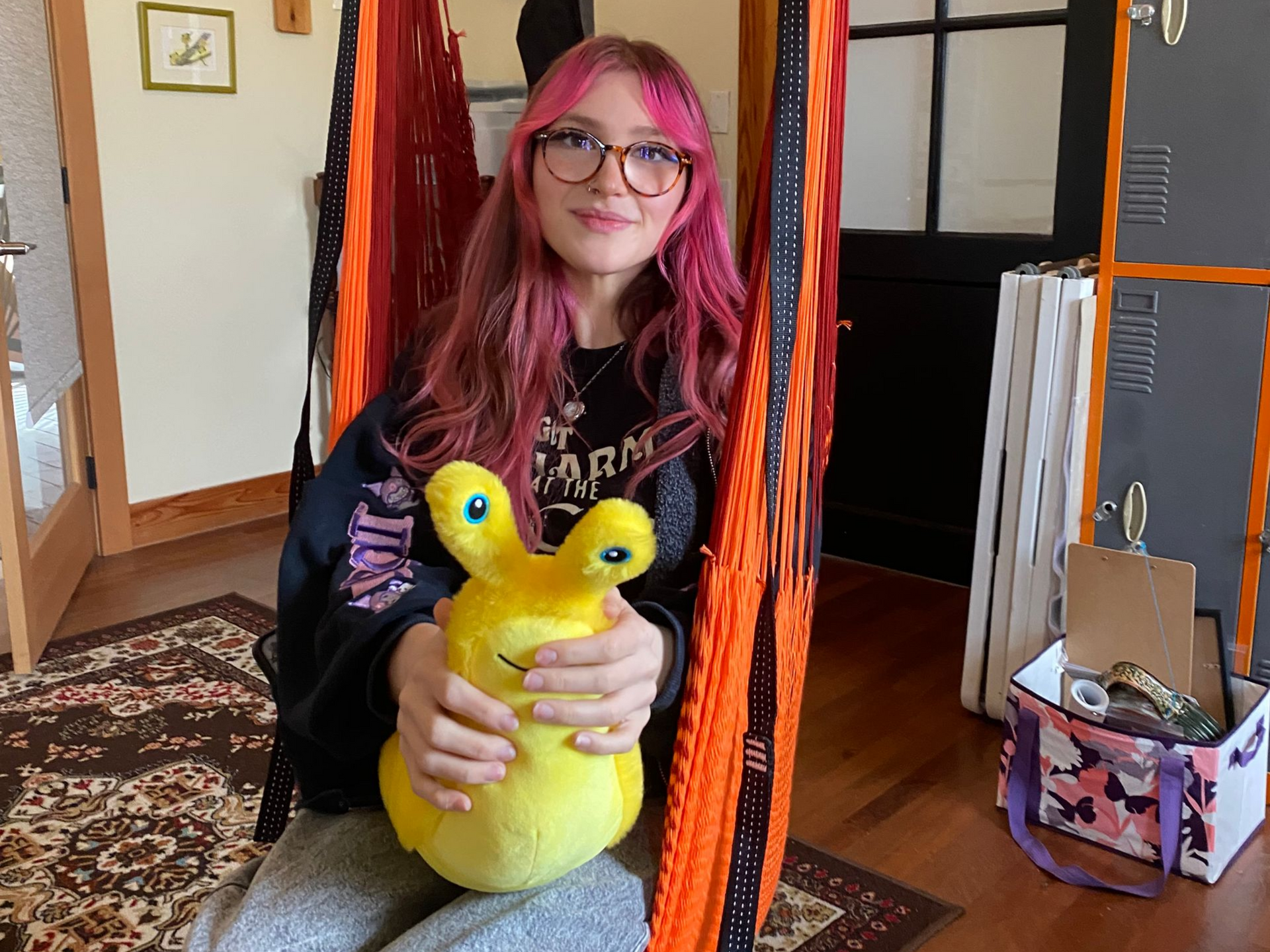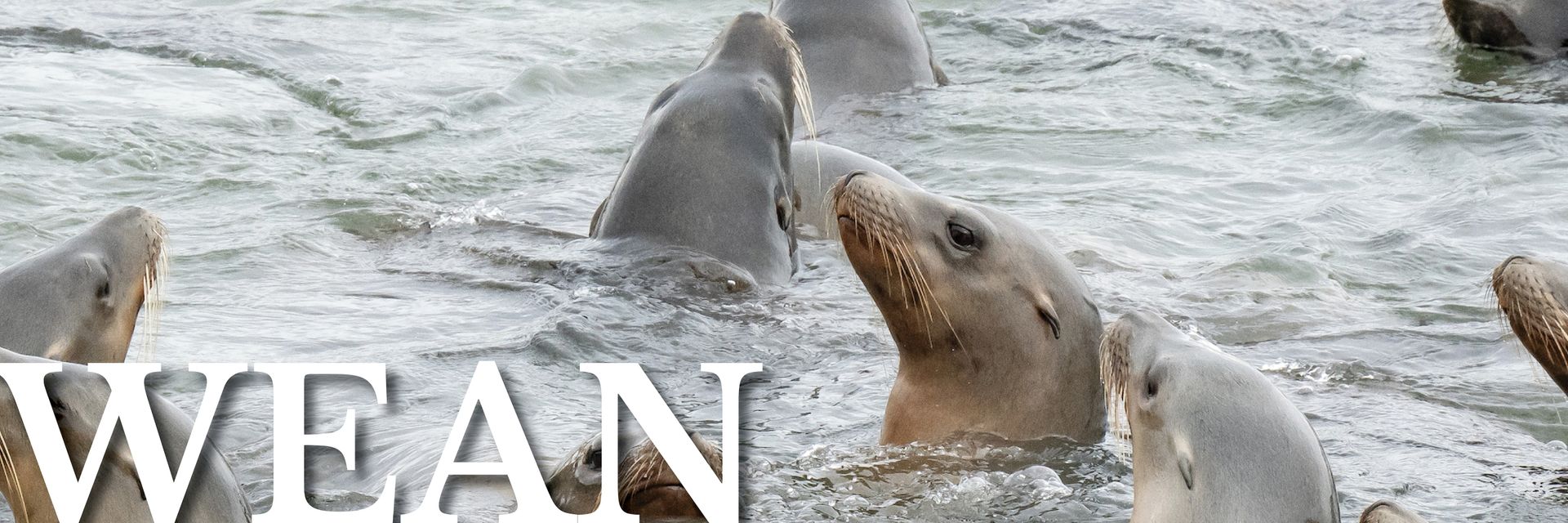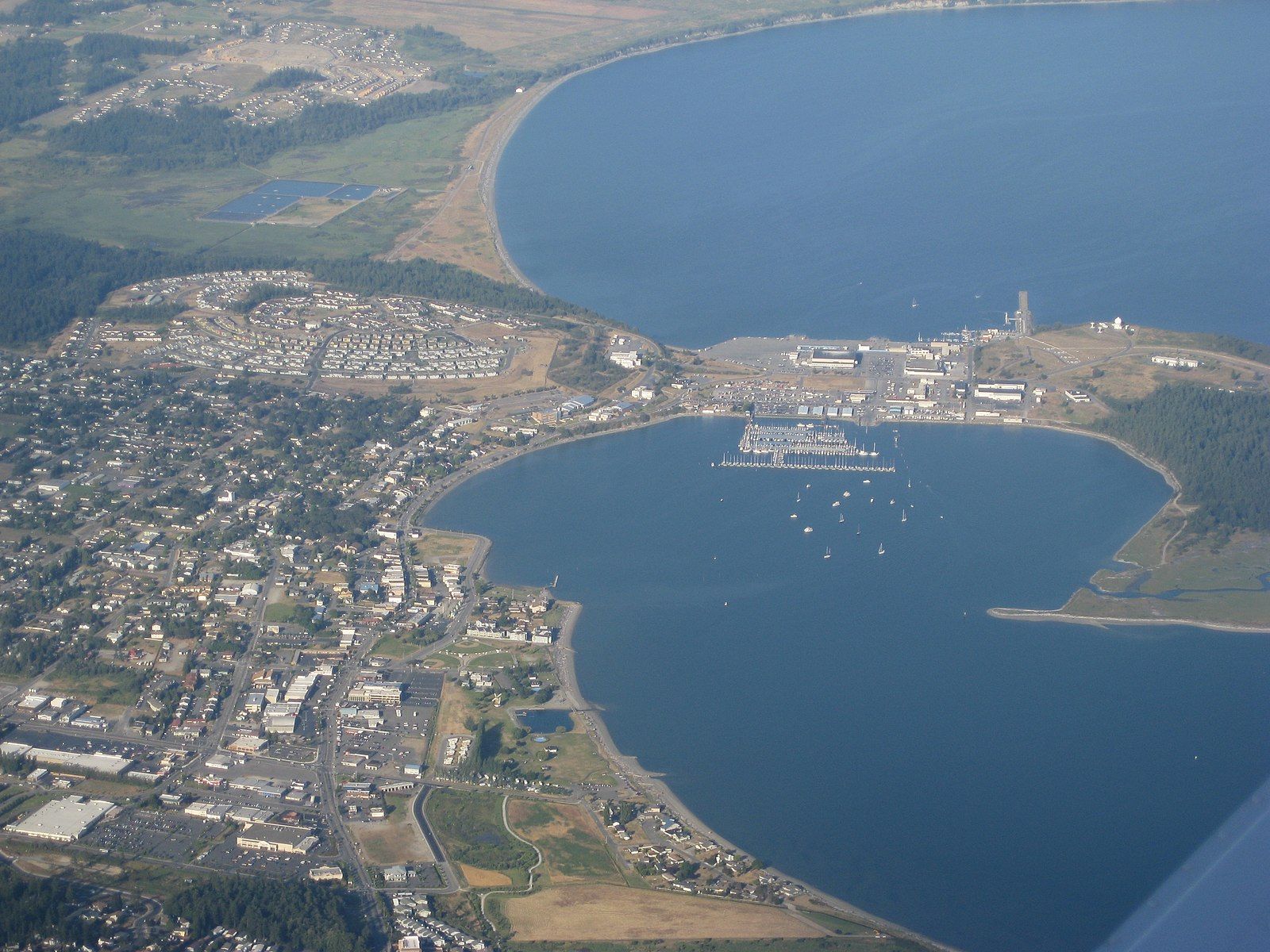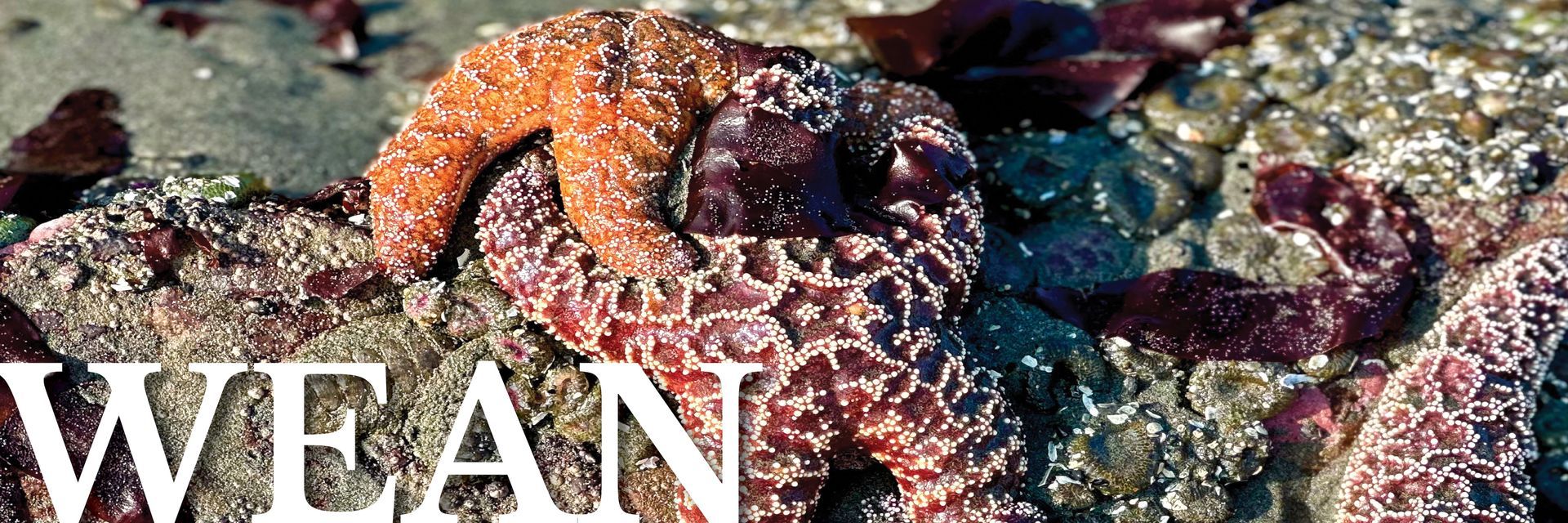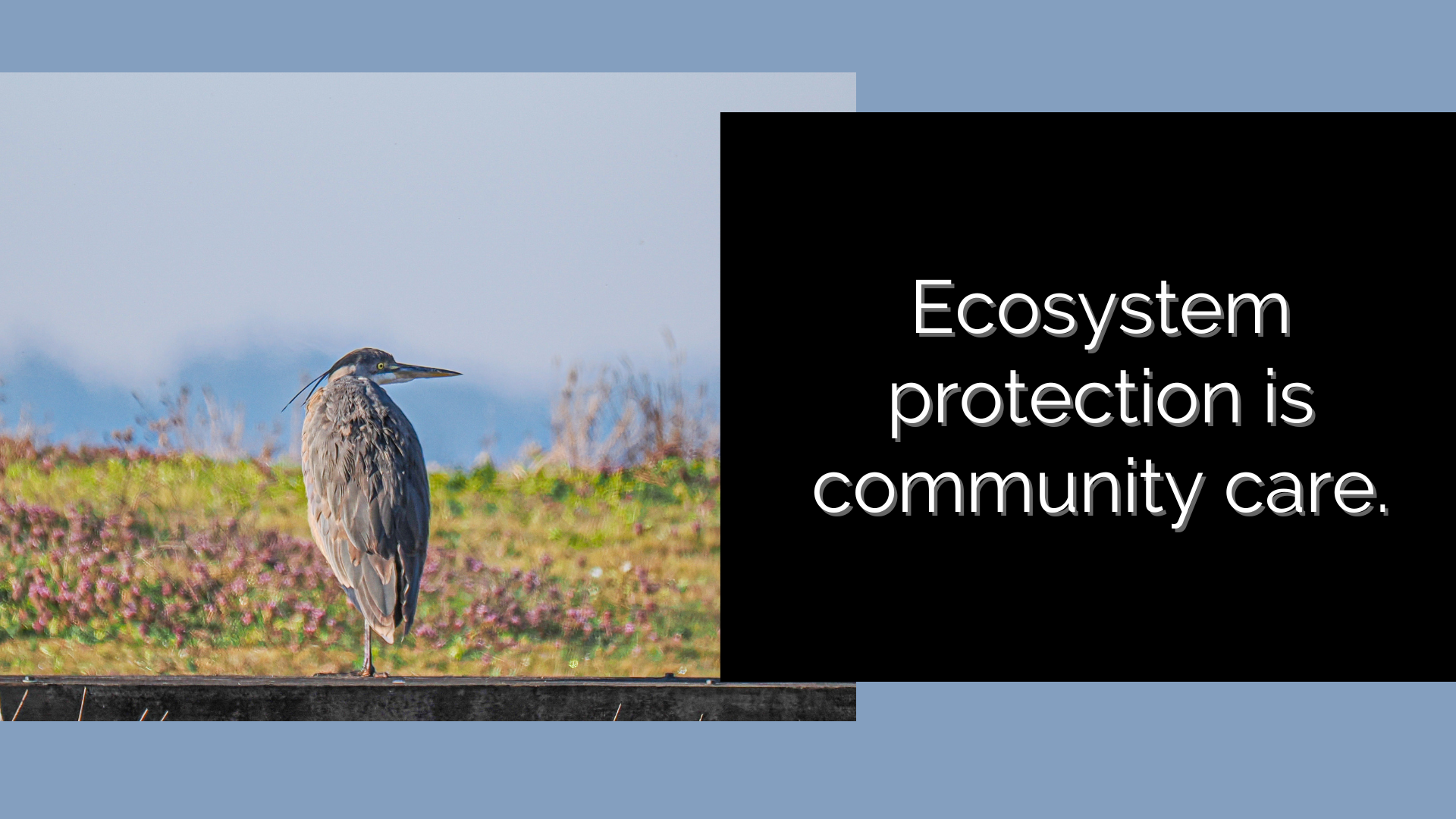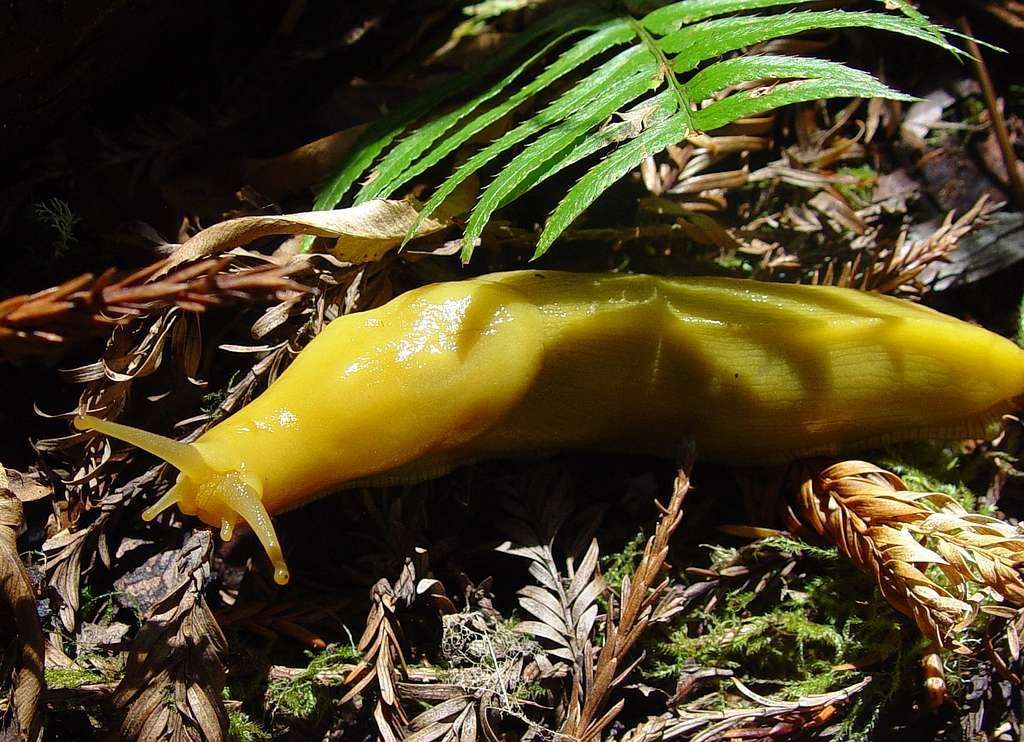Linda’s Journey To Protect Forested Wetlands Through PBRS

Linda LaMar and her pup Josie in front of a pond formed by a glacier on the property Linda stewards in Freeland, Washington. The property features undisturbed forested wetlands, a rare ecosystem on Whidbey Island. Image by Amanda Bullis.
Engagement Director Amanda Bullis interviews WEAN Board Member Linda LaMar about conservation stewardship, her collaboration with Whidbey Camano Land Trust on a conservation easement for 20 acres in Freeland, and her journey to apply to Island County’s Public Benefit Rating System (PBRS), a program designed to provide a tax benefit to landowners who conserve their land for public benefit.
Bullis: How did you end up on Whidbey Island?
LaMar: We were drawn to the island from the Bay Area by an article in Bark Magazine that described Whidbey as the county with the most off-leash dog parks per capita! We came up to look at properties and were immediately hooked!
Bullis: What drew you to conservation stewardship?
LaMar: A few years back, there was a spate of clearcutting that took place on the island; it seemed that everywhere you looked, large sections of forest were being mowed down. There were foggy explanations for what was happening, why, and whether or not the property owners were following best practices. When we had the opportunity to purchase a tract of land that was untouched for 40 years, it felt like a way to help.
Bullis: What do you love about your land? What makes it worth conserving?
LaMar: When we purchased the property, it was in the Designated Forest Land Program (DFL). If we didn’t keep it in the program we would have had to pay several years back taxes on the property. With the excellent help of the Whidbey Island Conservation District, I put together a Forest Management plan that was required for closing escrow. As part of this process, the late forester, Elliott Menashe, toured the land with us and described it as having “near old growth" status. At the time, I was confused by this because there was only one truly old-growth tree (and we are lucky to have it!). He pointed out the maturity of the understory, the forested wetlands, and the extent of the fern beds. That, combined with the lack of invasive species and the fact that 20-acre tracts of land are increasingly rare, made it clear we should save it. There is also a beautiful pond on the property that supports lots of bird life.
Our forest management plan does require us to harvest trees as they mature along with underplanting and keeping invasive species out of the land. We hope to move out of the DFL and into PBRS long before the tree harvesting is required per the plan.
Bullis: When did you first discover the Public Benefit Rating System program?
LaMar: I was listening in on a Commissioners' meeting that had a PBRS application on the agenda. There was confusion and anger over the various interpretations of the PBRS program, ranging from one commissioner who defined it as an elitist program for rich people to another who saw it as a way to incentivize conservation. I was dismayed and intrigued.
Bullis: Why did you choose to apply to PBRS?
LaMar: I haven’t yet applied. Our application will coincide with gaining a conservation easement on the property, which will add points on the PBRS application and show our intent to keep the land in conservation permanently. Our land has been approved by the Whidbey Camano Land Trust and we are at the beginning of that process now. With the help of the Whidbey Camano Land trust, we plan to apply to transition out of the Designated Forest program and into the PBRS program. This can be done without having to pay the back taxes required when you exit the DFL program.
We want to be in the PBRS program as it is the best way to preserve the land in its natural state. Conservation is a public benefit and the PBRS program was formed to honor that. The program offers flexibility for land use, allows DFL land to be transferred in without back tax penalty, and can still provide a tax break—although not anywhere close to the break that landowners are given in the DFL land.
Bullis: What are the benefits and challenges of the program as it is currently administered?
LaMar: It is largely unheard of. I’ve talked to a few landowners on the island who own hundreds of acres and were unaware of the program. It’s also been politicized incorrectly as a program that takes land away from development to satisfy the whims of others who can already afford to pay the best-use taxes. One big issue with the program is that it is set up in such a way that the commissioners can deny an application for any reason, and the landowner has no ability to appeal the decision. A landowner can meet all the stated requirements of the program, and still be denied PBRS status. That makes decisions potentially inconsistent as they could be subject to personalities. This Commissioner veto power is unique to PBRS and doesn’t apply to [Designated Forest Land] or Ag land.
Bullis: What changes would you like to see in the program?
LaMar: I would like to see the program structured in such a way as to serve as an incentive to move property from DFL to the PBRS program. A structure that still rewards cutting mature carbon rich trees over one that conserves those trees is woefully out of touch with the times. I think many owners would be willing to pay more in taxes over what they pay in the DFL program knowing that the land will be preserved. When a landowner gets a tax break from any of these programs (Ag, DFL, PBRS) the tax burden is shifted to the rest of the community to make up the difference. The DFL program hurts the community because it takes away mature forest land in a time of climate crisis and costs them more in shifted tax burden than the PBRS program which has direct public benefit built into the program. In PBRS, points are awarded for allowing public access to the property, in addition to points for conservation easements, and protection of critical areas. The financial analysis between DFL and PBRS needs to be done by the county.*
The decision whether or not to approve a property into the program should be based on consistent criteria, with enough flexibility to consider the unique aspects of each property. The ability to deny a property at the complete discretion of each commissioner should be changed. The application form needs to account for whether the landowner is donating a conservation easement or if they are being compensated by the WCLT or any other entity. That would help clear up the existing confusion about how much compensation an owner is getting for putting their property into the program.
The program should be advertised and information provided to realtors selling land so that they can make new buyers aware of an option that doesn’t require cutting the trees.
Bullis: Why are programs like PBRS important?
LaMar: Without an alternative to the Designated Forest program, lands that could be saved for the future are being clear-cut. These forests will not recover for 50-100 years. The county still has an opportunity to save hundreds of acres of forest on Whidbey and Camano Islands, while also providing the public with additional environmental protection and recreational opportunities.
Bullis: What would you say to other landowners interested in applying to the Public Benefit Rating System in Island County?
LaMar: Look back at the history of properties that have been approved and denied so that you can be educated and prepared for the county’s decision. Familiarize yourself with the point system and the tax benefits and consequences of all the options. Know that the PBRS program does not exclude your ability to harvest trees on the property if you so desire. Consult with the Whidbey Camano Land Trust and the Whidbey Island Conservation District to make the best choice for your property.
*Update from Marnie Jackson: Since this interview, WEAN brought the need for an economic analysis of these land use programs and tax shift implications to Island County for consideration. The Assessor's Office and WEAN are engaging in collaborative grant-seeking to meet this need. We'll share more news when we have it!
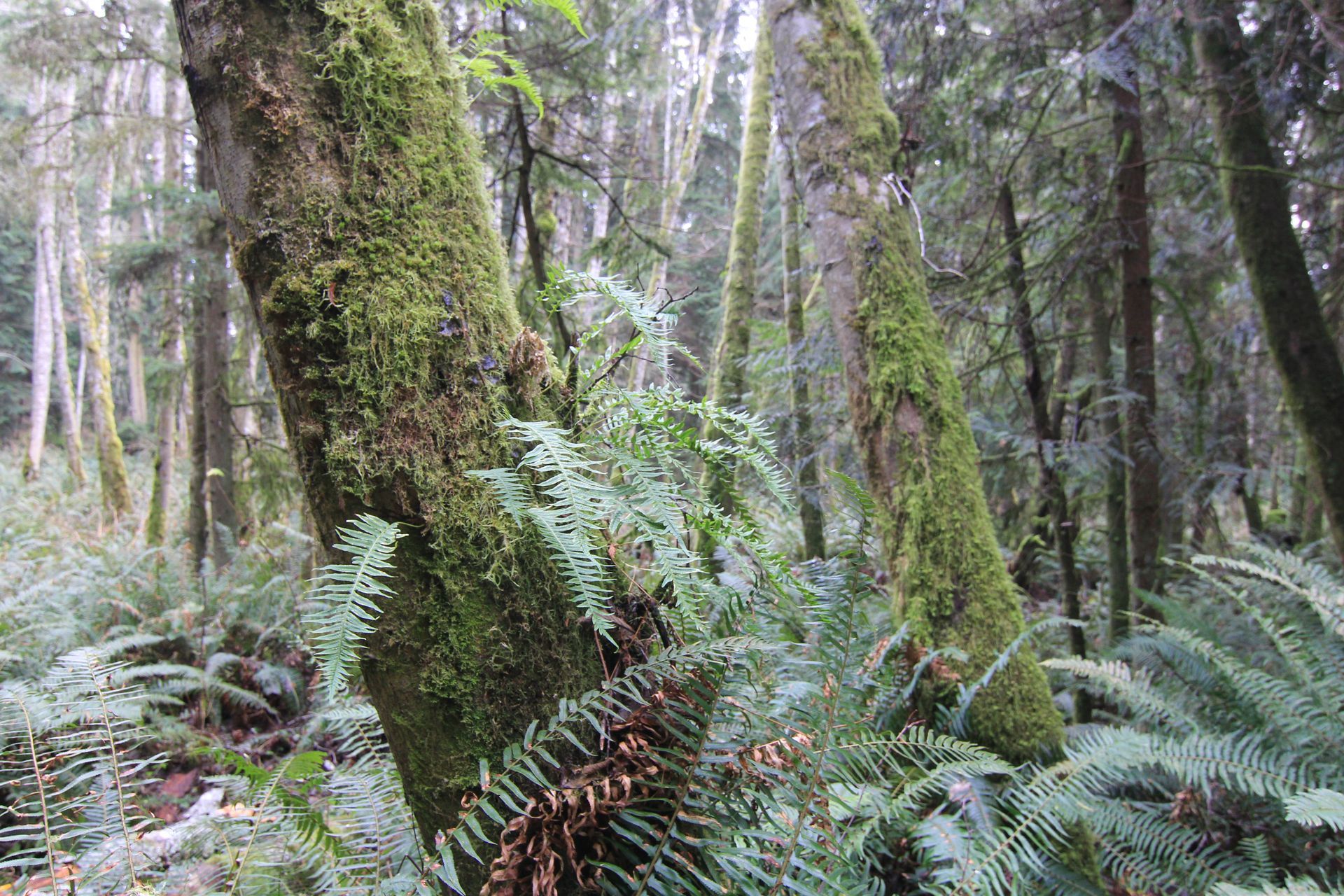
Learn More
Island County's Public Benefit Rating System
- Island County Public Benefit Rating System Application Packet (2023)
- Basis for Assessment for Island County Public Benefit Rating System (PBRS)
- Listen to Action Hour episode, "The Need For Public Benefit Rating Reform", to hear how WEAN founders Marianne Edain and Steve Erickson imagine the forestry aspects of PBRS could be reformed to better serve our ecosystems and communities.
Conservation Easements
- Conservation Easements Q&A, From Whidbey Camano Land Trust
- Listen to
Action Hour episode:
"Talking Conservation Easements And Contiguous Habitat With WCLT's Ryan Elting" to learn more about conservation easements.
